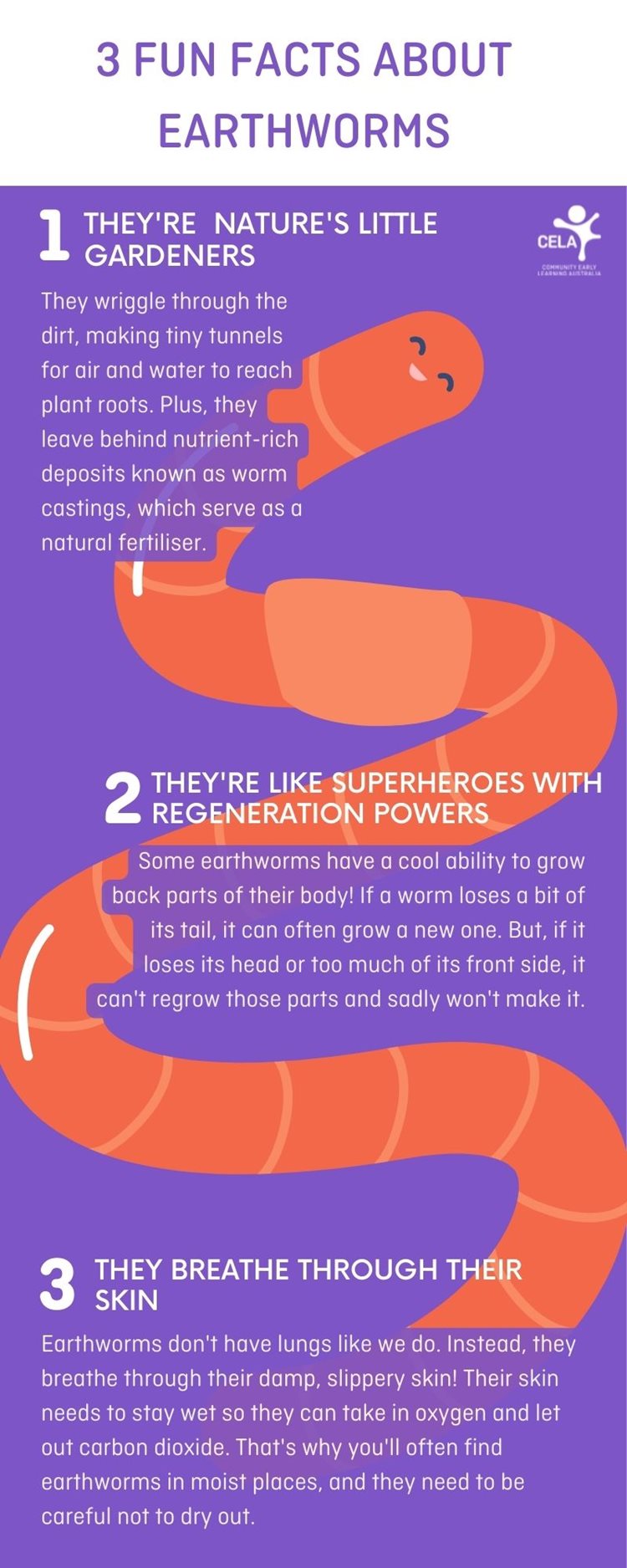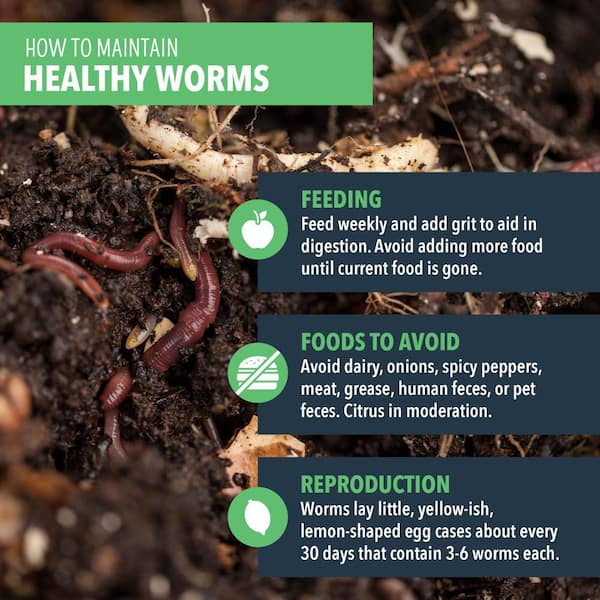See This Report about North Carolina Worms
Table of ContentsThings about North Carolina WormsThe Best Strategy To Use For North Carolina WormsGet This Report about North Carolina Worms4 Easy Facts About North Carolina Worms Explained
Example: 1-gallon of worm spreadings to 4 gallons of potting mix. Do NOT use a potting mix that has chemical plant foods in it. Review the labelit will claim. 1/2 cup in the base of the growing hole for smaller plants. 1 mug for bigger plants. ie. tomatoes, environment-friendly peppers, summertime squash, and so on.
The enhancement of tea can likewise add enhanced microbial biomass to your dirt. You can constantly side-dress your plants with worm castings any time. Simply remember, the microorganisms will certainly die if revealed to UV rays (Sun), so be sure to cover the spreadings with an inch or two of dirt.
This frustrated them for many years until the testing techniques progressed. They located that plant growth and wellness showed a Bell Contour. It would certainly improve(with more spreadings), level off, and after that decline. They were baffled. They finally found that excess plant-growth hormones were the perpetrator. A lot of worm spreadings would certainly speed up the development to a rate that the plant can not recoup from.
North Carolina Worms Things To Know Before You Get This
I have expounded the virtues of worm spreadings for regarding 2000 words. Worm castings are no various. It takes time to develop top quality worm castings.
Worm castings absolutely set you back more than chemical plant foods. Worm spreadings are on the more affordable end of organic plant foods. (50 gallons per year) It is a much harder and very expensive investment to create huge quantities of worm spreadings.

Producing a healthy and balanced dirt may be the best advantage of worm castings. We talked about worm spreadings NPK and additionally the appropriate nutrient evaluation that ought to use to worm spreadings.
What Does North Carolina Worms Mean?
We spoke regarding some of the drawbacks linked with worm spreadings. I covered a whole lot of material in this short article.
The upright burrows are generally open, although the worms top the leading with deposit and waste matter. Origins require oxygen for their growth, whereas they create carbon dioxide that needs to leave the soil.
Earthworms raise porosity by two mechanisms: (1) by creating permanent burrows, and (2) by enhancing dirt gathering. Aggregation is improved by the mixing of dirt and organic issue in the earthworms' intestines. Where to buy worms in NC. These extremely stable aggregates are deposited by some earthworms in their burrows, and by others at the surface of the dirt


In an additional research, earthworms were estimated to take in 4 to 10 percent of the leading 6 inches of the dirt yearly. This only goes to reveal the substantial amounts of soil that can be refined by earthworms. Soil compaction decreases the porosity of the soil. Since earthworms raise porosity, they lower the results of compaction.
North Carolina Worms Can Be Fun For Everyone
Normal earthworm populaces can conveniently take in 2 lots of completely dry matter per acre annually, partly absorbing and mixing it with dirt. The relevance of earthworms to blend surface residue with dirt comes to be extremely clear in soils that do not have any kind of earthworms. The majority of our Pennsylvania soils have at least some earthworms, and the result of their total absence, as a result, can not be noted.
(https://royaldirectory.biz/North-Carolina-Worms_339504.html)In these soils, the development of topsoil with sensible organic issue web content did not take place, resulting in poor crop development. When the reason was developed, the government of the Netherlands started a campaign to introduce earthworms. After the introduction of the earthworms, a dark topsoil layer was formed, and crop development enhanced significantly.
They live mostly from partly disintegrated natural matter that is currently included in the dirt. They consume their method through the dirt, creating straight burrows that they load with their waste matter. These types ingest large quantities of dirt that they combine with absorbed crop residue in their digestive tracts. or anecic types reside in permanent vertical burrows that can be 5 or 6 feet deep.
These varieties consume considerable amounts of soil that they blend with digested deposit in their digestive tracts. Their excrement is largely transferred at the surface of the dirt.